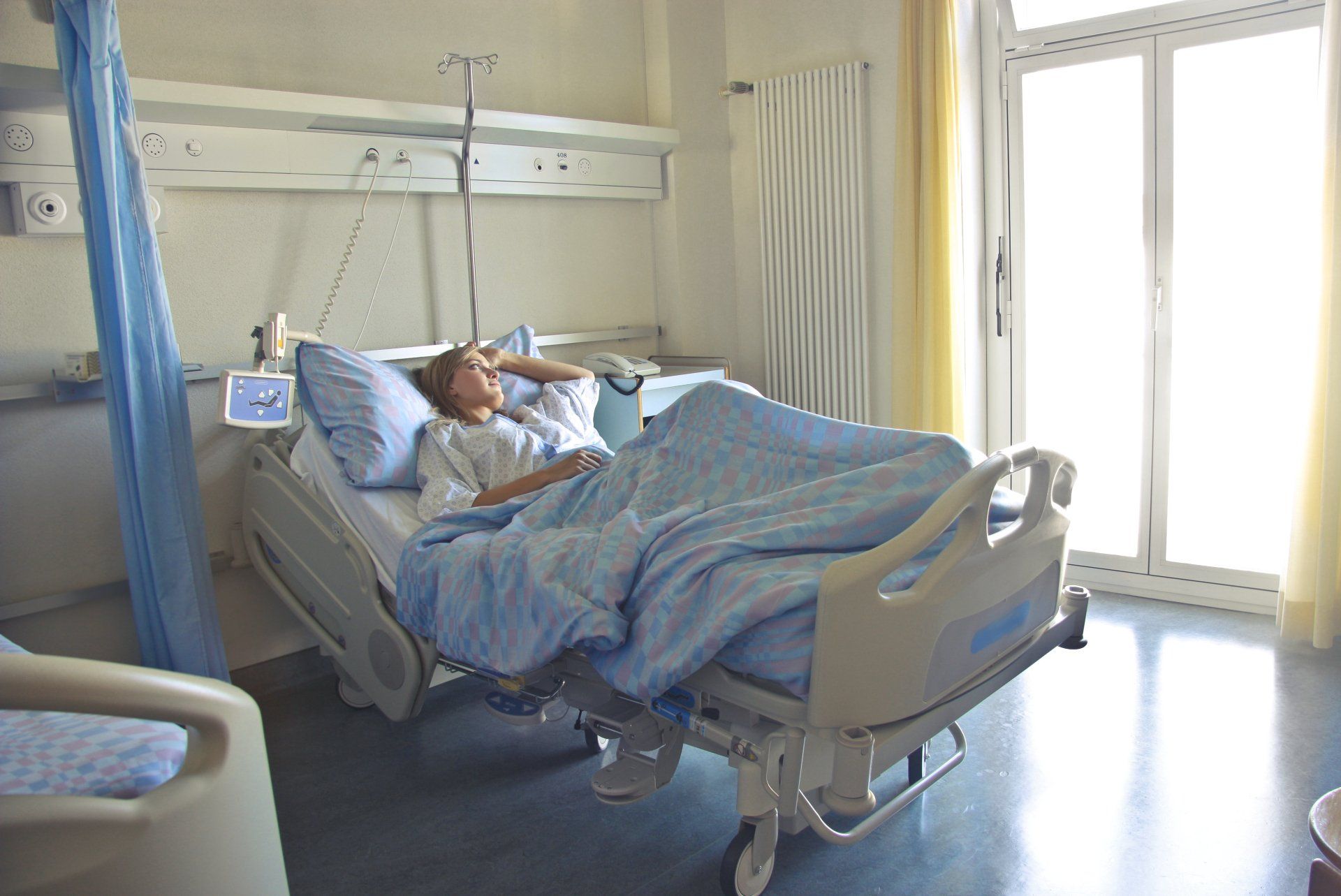What happens during the different stages of labour?
Let's take a stroll through the journey of labour – three exciting stages that bring you closer to meeting your little one!
First Stage - Ready, Set, GO!
So, here's the lowdown on the first stage, it has two cool phases - the early or 'latent' phase and the active or 'established' phase.
Early or 'latent' labour
In the early phase, your cervix is softening, and you might feel some irregular contractions. It's like the warm-up before the main event. It can last for many hours, even days sometimes! Most people are more comfortable at home during this stage, even as contractions start to become more regular. If you present to hospital in early labour you may be encouraged to return home or, if admitted, will be admitted to a ward, rather than a delivery room until you are in ‘active’ labour’.
Pro tip: Eat and drink to keep that energy up! You can try breathing exercises, move around, get a massage, or soak in a nice warm bath.
Active or 'established' labour
When things kick up a notch into the active phase, contractions become longer, stronger and more regular, usually about every 5 minutes or more frequently. When your contractions have been coming every 5 minutes, are about a minute long and this has been happening for at least an hour you may now be in active labour and chose to call your midwife or make your way to your maternity unit. Many maternity services diagnose 'active' labour when the cervix is dilated to 4cm or more. But don't worry you don't have to rush - in a 1st labour, the time from the start of 'active' labour to being fully dilated is usually 8 to 12 hours (This does not include the early/latent labour time, only from when those contractions are coming every 5 mins) so you should still have plenty of time to get to your maternity unit!
Transition
Now, let's talk about the grand finale of active labor – transition. It's like the climax of a blockbuster movie, intense and thrilling. Contractions are closer, lasting 60-90 seconds. Transition typically lasts 15 to 60 minutes. Many people who have laboured well without an epidural may at this stage feel the need for additional pain relief. Often reassurance and support is enough to help you through this stage. You have done all the hard work and you will be meeting your baby really soon! An epidural may or may not be an option depending on how close to the 2nd stage your provider feels you may be. Some care providers may prefer not to administer an epidural at this stage as it may prolong labour unnecessarily and can't be more difficult to put in as you may find staying still hard.
Second Stage - Puuuussshhh!
Stage two kicks in when your cervix is fully dilated (about 10cm). Your baby is making moves down the birth canal, and you might feel the urge to push – kind of like you need to poop (but in a totally different context). You can follow your body's lead and push during contractions whenever you feel the urge. Mother-led pushing (where you follow your own body urges rather than directions) reduces the risk of tears, so don't feel shy in asking your midwife to ssshhhhhhh if she's shouting puuussshhhhh! If you have had an epidural, you may not feel an urge to push at all and may need to be directed by the midwife.
Pro tip for pushing: Try an all fours position – it's a game-changer, working with gravity and the pelvis. Short, panting breaths are your secret weapon when the baby is crowning. Once that head is out, the rest is a piece of cake – or maybe more like a birthday cake!
Third Stage - The Finale
After the baby's debut, it's time for the grand finale – the third stage where th eplacenta is born (you no longer need it!). Your uterus gets busy contracting, and the placenta makes its debut. Some find these contractions surprisingly strong, while others barely notice them. You will likely have your baby skin to skin during this phase and they may even have their first breastfeed.
There are 2 ways to manage this stage of labour:
- active – when you have treatment to make it happen faster
- physiological – when you have no treatment and this stage happens naturally
Active management is recommended if labour has been induced or augmented with sytocinon (synthetic oxytocin) as the body may not produce enough of its own oxytocin to facilitate the birth of the placenta. It is also sometimes recommended if there are risk factors for post-partum haemorrhage or it may be standard care in your maternity unit. If you would prefer a physiological third stage you should discuss this with your care provider.
In active management you are given an injection of syntocinon into your thigh as you give birth, or soon after. This makes your womb contract. Once the placenta has come away from the womb, the midwife pulls the cord – which is attached to the placenta – and pulls the placenta out through your vagina.
In physiological we wait for the body to do its thing!
Once the placenta is born, labour is over, woo hoo!
Now you're feeling more ready for birth, lets get you ready for breastfeeding! My Breastfeeding in Hospital Mini-Course can get you off to a great start and is only €25!!!



